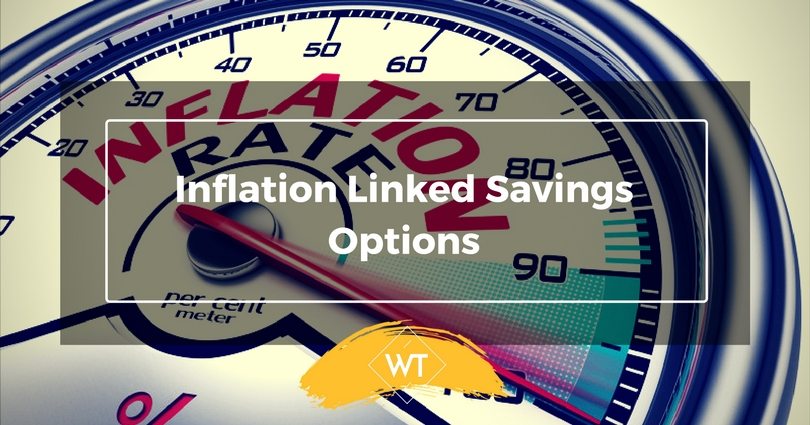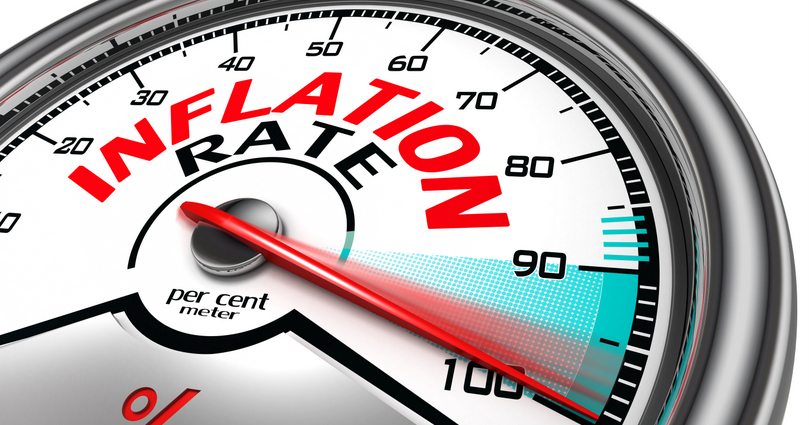Inflation Linked Savings Options

Whenever one plans his/her savings and explores various options of investment one of the most important factors to consider is the return vis-a-vie the inflation. Inflation eats into the savings and often the actual returns after considering inflation may turn out to be negative.
Mrs. Chaturvedi invests in fixed deposits and post office schemes; she was a little confused and surprised when her daughter explained to that her savings instruments were providing her with negative returns.
FDs and Post Office Scheme provide 8 to 9.5 percent annually; for the year 2012-13 the inflation rate was 11.06%.So Rs. 100 invested a year back would be equal to 109.5 (maximum) but the amount of services/goods that could be bought in Rs. 100 in FY 11-12 would require an expenditure of 111.06 in FY12-13.
The actual returns are thus negative as the interest paid does not match the inflation rate. Inflation Linked Savings help to deal with this problem.
What are Inflation Linked Bonds?
As the name suggests the coupon rate or the interest payout for these bond or certificates will be linked to the inflation rate unlike other fixed rate instruments. Equity and mutual funds do not promise any fixed returns while fixed deposits, bonds and debentures offer a fixed rate for the entire tenure.
These bonds lie somewhere in between the rate is not committed for the entire period but it is fixed in the sense that it will to vary up to a fixed extent with the inflation rate; the coupon rate will be X% + Inflation rate.
Inflation Linked Bonds in India
Known as linkers worldwide Inflation Indexed Bonds have two varieties in India. National Savings Securities-Cumulative (IINSS-C) is the new series is linked to the Consumer Price Index (CPI). Bonds linked to the Wholesale Price Index (WPI) Inflation Indexed Bonds (IIBs) were introduced in June 2013.
The CPI linked bonds are specifically targeted for the retails customer and are expected to be more popular as the CPI is considered to be a better measure for inflation. CPI includes cost of food, education, travel, housing etc unlike WPI which is more focused on the rates at which goods and services are traded amidst different manufacturers and corporations.
Features
- Interest rate would comprise of two parts: the fixed rate part and the inflation rate. For the bonds linked to CPI the fixed component is 1.5% and for the bonds linked to WPI it is 1.44%. So if the CPI is 10% the bond will have a coupon rate of 11.5%; for a WPI of 8% the bond interest rate would be 9.44%.
- The interest rate will be changed twice a year to keep in line with the changing inflation rate. For the CPI linked bonds there will be combined CPI reference that will be used as a benchmark. This will be between the CPI and WPI.
- For INSS-C interest will be compounded annually and paid at the time of maturity and for the IIBs the principal will be adjusted for inflation and the interest is paid semi-annually.
- The minimum/ maximum investment per annum is Rs 5,000 and Rs5, 00,000 respectively.
- The bond tenor is fixed for 10 years; it is possible to withdraw after three years but with a penalty. For the senior citizens the lock-in is one year but they will also have to pay a penalty.
To Invest or Not To Invest???
These bonds can become a part of the debt share in a portfolio. They can add stability to the portfolio and can be an effective tool for diversification. The USP of this product is its linkage to inflation which other fixed rate instruments do not provide.
So, while FDs and bonds can erode your capital these bonds will act as an effective hedge against inflation. This can be a big advantage for those investors who are risk averse but still want returns that beat inflation. These bonds can be good alternative to investments in gold and gold related instruments.
However they not prove to be such a lucrative option for those in the higher tax brackets. Since the returns are taxable the post-tax returns will not beat inflation. Unlike PPF and many other schemes they also do not have exemption under Section 80C.
Another factor to consider is lack of liquidity and no regular flow of income. If the perspective is long term investment with no regular inflows required then these can be a good option. Buying these bonds will be simple but they will not be tradable; they can be used as collateral also for taking loans.
The bonds are a very recent product in the market and have been designed to provide an effective yet stable option to fight inflation. Whether they find favor with the investors and are able to deliver what they promise is yet to be seen.
Read more at How to Beat Inflation









Leave a Reply